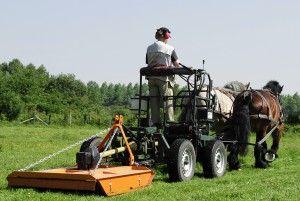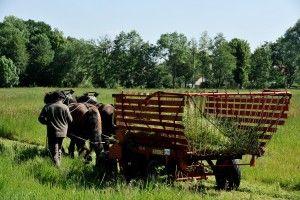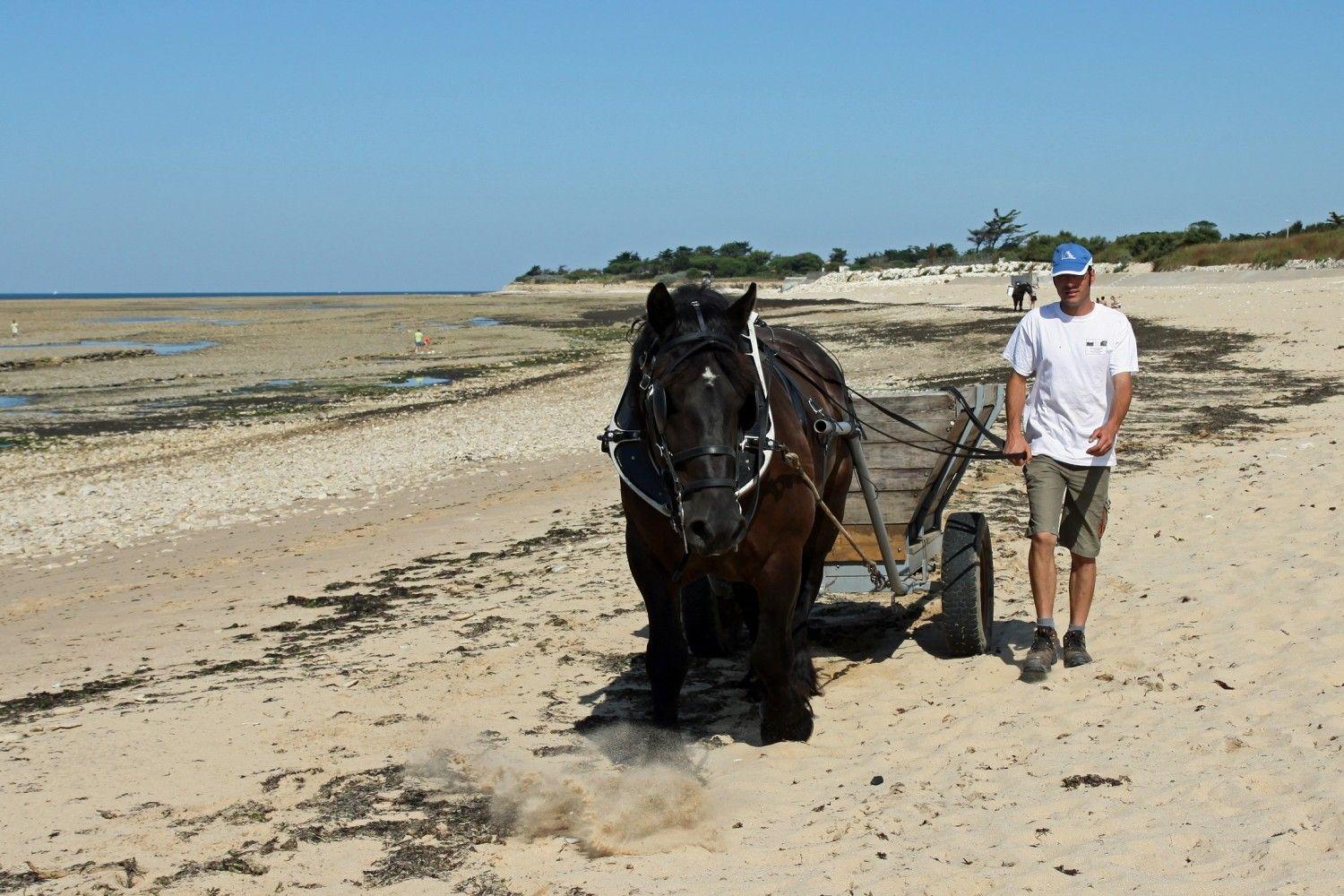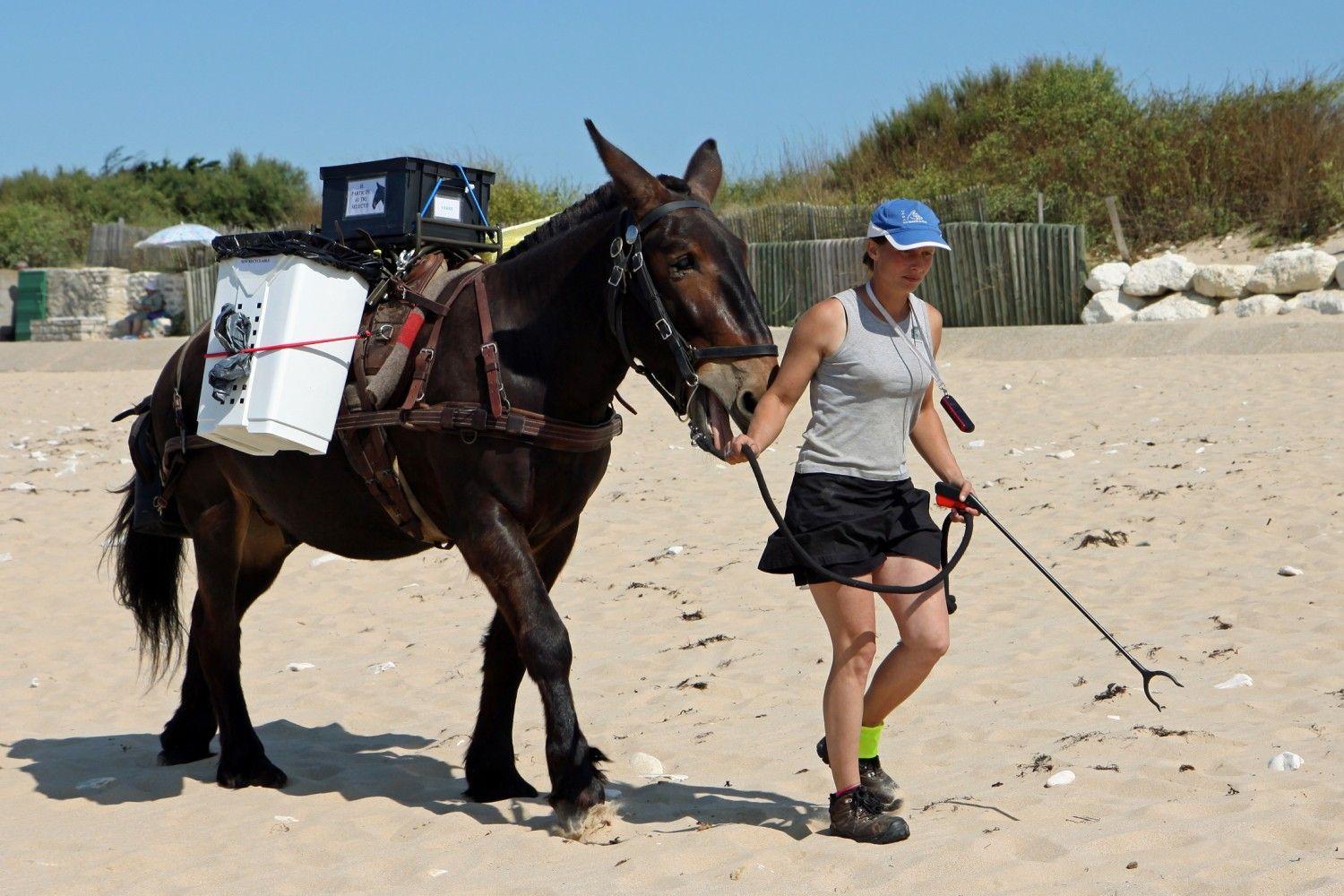Restoration and Upkeep of Natural Spaces
An approach that is gentle on the environment.
What is this ?
Restoration and upkeep of riverine areas
- Stabilising and maintenance of river banks
- Widespread shade over the course of the waterway (prevents warmer water temperatures leading to the development of algae)
- Slows down water run-off and flow when there is flooding
- Filters pollutants (self-purification of the environment)
- Preserves shelter for wildlife fauna which encourages maintenance of biodiversity on the cusp of two environments (land and water)
The word restoration refers to heavy-duty maintenance which requires the felling of many dead or compromised trees in areas where there has been no maintenance for years. Upkeep is a lighter approach which consists of light pruning of the trees on the site.
Source: Syndicat de la vallée du Blavet (Blavet Valey Syndicate)
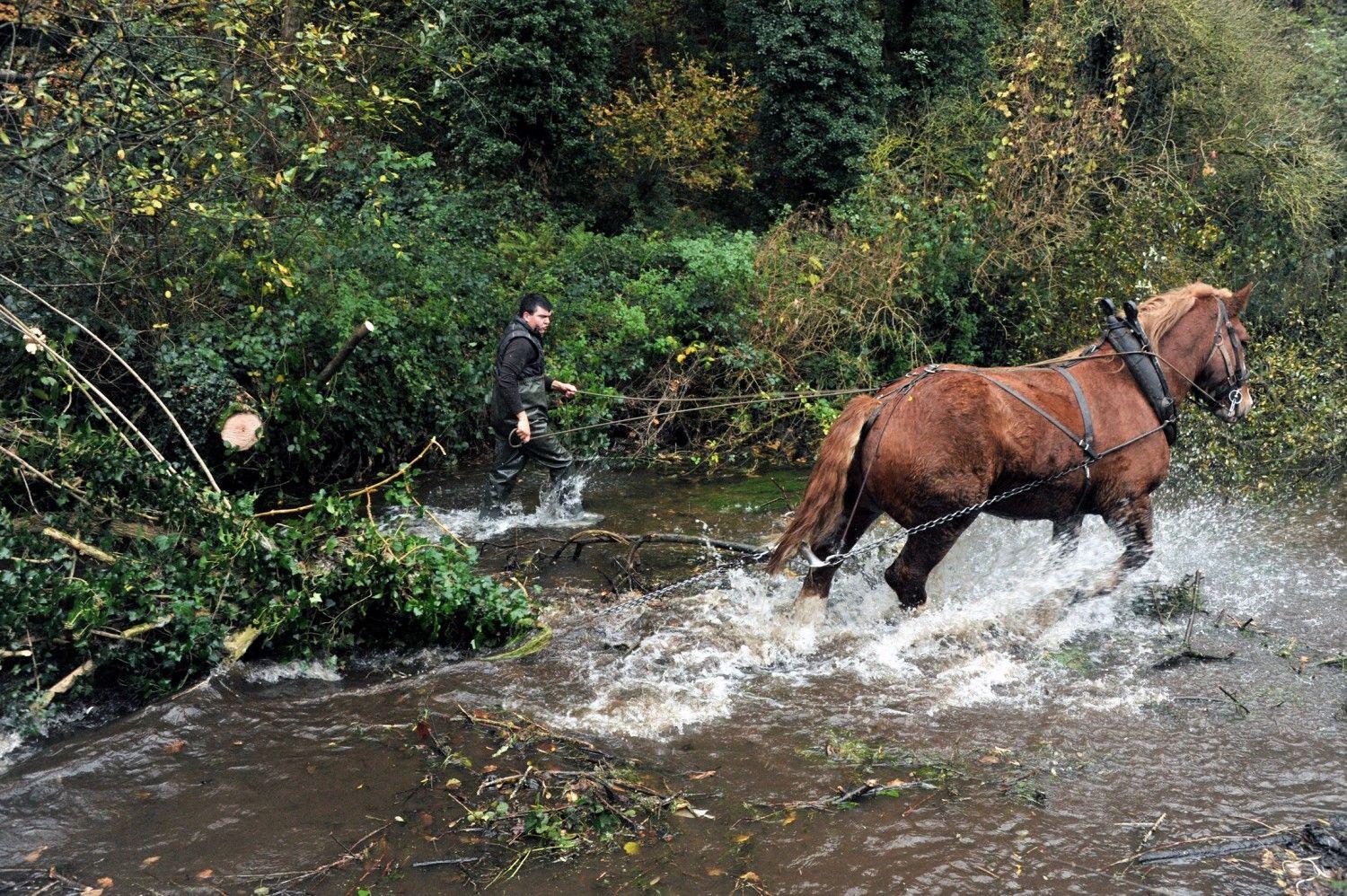
© JL Dugast – Breton
Using Equines
On river banks, the land will often not bear much weight and is hard to reach. Standard logging equipment (forestry tractors) causes major damage both to biotopes and to the soil. Restoration of these environments requires solutions that enable wood or other growth to be extracted without impact on the highly delicate soil in these areas.
The advantage of animal traction is that it brings with it a technical response to clearing without partitioning, and enables access to highly banked areas. With horses, there is little compaction of the soil and no need to open up new swaths, respecting fragile soil and working without engine noise or pollution.
Extraction of logjams
Horses work to bring out pieces of wood and remove heaped waste that is partly or totally blocking waterways. This work opens up the flow of the waterway again and brings light to it whilst conserving the diversity of aquatic habitats.
Stripping of Invasive Plants (broom, laurel, rhododendron, moor grass, primrose willow etc.)
Exotic plants that were introduced on purpose or otherwise and which, by proliferating, cause significant change to ecosystems are considered invasive plants.
In the fight against such plants, the power of horse traction is used for extraction.
Fight Against Invasive Plants (reed, eagle fern etc.)
In the fight to limit the proliferation of invasive plants, repeated mowing several times a year can diminish their vitality and, in the long term, see them regress in favour of other species that are better suited to that environment.
Delayed Mowing and Removal
The use of animal traction in mowing brings with it an accuracy in doing the work and has many benefits: preservation of natural habitats and the species inhabiting them, very weak impact on the soil, limited noise and less pollution.
Mowed clippings are then removed from the location by the service provider, using animal traction.
Grinding Without Removal
The goal of grinding is to reduce the height of the vegetation cover, be it herbaceous or ligneous, thus opening up the environment.
Grinding done using horse-powered tools is done for the upkeep of paths and the maintenance of open spaces.
- © JL. Dugast – Trait du Nord. Parc naturel régional Scarpe-Escaut. Broyage dans une prairie humide
- © JL. Dugast – Ardennais – Autochargeur – Arche de la Nature Le Mans
Using Pack Donkeys or Mules for Haulage
All kinds of materials can be carried to distant, sloping, or protected sites or areas with fragile soil cover, using pack donkeys or mules.
Mules can carry loads of up to 150kg and donkeys up to 80kg.
Removal of Tarpaulins
Long recommended during planting to limit the presence of weeds in the early stages of growth, most plastic tarpaulins now have to be removed.
It has now become clear that they have an adverse effect on the rooting of seedlings, that they have a weakening effect on trees in the mid-term, and contribute to the disappearance of living organisms, leading to soil depletion.
Animal traction can help in making a regular cut on the tarpaulins at the foot of seedlings, thus making their removal by hand easier.
- © E. Rousseaux –
- © E. Rousseaux –
For More information about : Restoration and Upkeep of Natural Spaces
- > http://www.debardage-cheval-environnement.com/
- > http://hippotese.free.fr/blog/index.php/tag/d%C3%A9bardage
- > http://www.foret-debardage-a-cheval.fr/debardage.html
- > http://www.onf.fr/lorraine/++oid++17da/@@display_media.html
- > http://www.equi-debardage.com/
- > http://www.parc-vosges-nord.fr/html/telechargement/bulletins/dossier_bulletin_27.pdf
- > http://www.cecd.be/
- > http://filiere-equine-poitou-charentes.com/?page_id=4144
- > http://www.blavet.bzh/entretien-de-la-ripisylve
